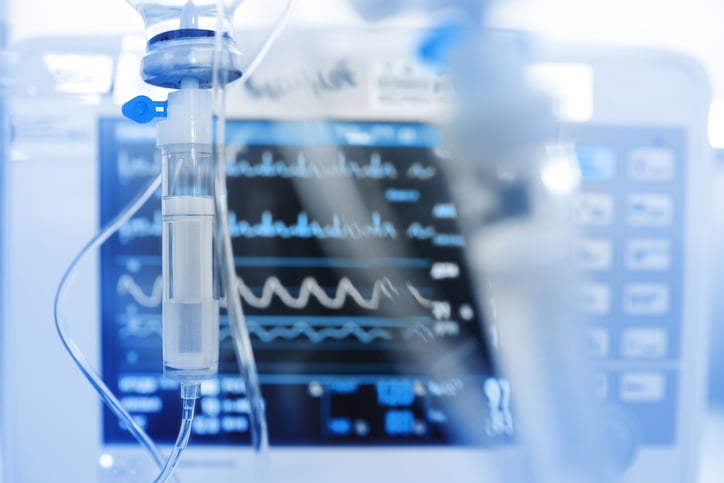
Suctioning can prevent a wide range of severe complications and save lives in emergencies. But like all medical procedures, it carries some risks. One analysis found a complication rate of 38.6% in routine endotracheal suctioning, though a less invasive procedure reduced complications to 28.6%. However, small changes in technique, such as appropriately pre-oxygenating patients before suctioning, can reduce the risk of complications. Most common suctioning side effects are preventable. Here are the strategies your agency can implement today to improve patient safety.
1. Hypoxia
Hypoxia is one of the primary risks of suctioning. This can happen if:
- The suctioning machine stimulates the vagus nerve
- The suctioning is ineffective and does not remove an airway obstruction
- The suction equipment causes airway trauma that occludes the airway
- The suctioning equipment blocks the airway or you suction for too long
To reduce the risk of hypoxia, pre-oxygenate the patient before suctioning. Never suction longer than 15 seconds. If you must suction the patient again because suctioning has failed, you must pre-oxygenate them again.
2. Airway Trauma
It’s easy to damage the airway, especially if you use inappropriately sized equipment, rush the procedure, or work with geriatric or pediatric patients. To reduce the risk of airway trauma, use a thin and flexible catheter. Use smaller equipment for geriatric and pediatric patients, and take your time intubating.
3. Psychological Trauma
The medical issues that necessitate suctioning can be terrifying for patients. The suctioning procedure itself may add to the terror, especially if suctioning is painful. Pediatric patients, those with dementia, difficult airways, or a history of mental health issues are especially vulnerable to psychological trauma. Be calm and gentle, even if the patient is combative.
Offer consistent reassurance, and explain to them what you are doing. Yelling and taking a punitive approach is never appropriate and will only increase the risk of lasting psychological harm. Likewise, avoid restraining a patient unless doing so is necessary for a life-saving procedure. In most cases, you can gain compliance by first gaining the patient’s trust.
4. Infection
The airway is highly vulnerable to a wide variety of contaminants, particularly if suctioning equipment is not clean. Never reuse disposable equipment, and keep all equipment sealed until use. Medical personnel with active infections should not suction patients, and all team members should wash their hands before and after all suctioning procedures.
Preventing airway trauma can reduce the risk of infection, so only suction a patient whose airway is visible. Aspiration is also a risk factor for infection. Minimizing the volume of contaminants a patient inhales decreases the risk of infection. If a patient is actively vomiting or bleeding from the airway, use Suction-Assisted Laryngoscopy and Airway Decontamination (SALAD) to quickly decontaminate the airway.
5. Bradycardia
A slow heart rate, known as bradycardia, is one of the most common suctioning complications, likely because suctioning stimulates the vagus nerve. This increases the risk of fainting and loss of consciousness. In patients in cardiac distress, it can elevate the risk of severe cardiovascular complications. Before suctioning, ask about a history of bradycardia and other heart health issues. Then monitor vital signs during and after suctioning.
6. Personal Protection
Personal protection has always been important. Properly use PPE and sanitizing practices to protect both the patient and yourself.
The right suction equipment delivers consistent, reliable suctioning, increasing the chances that suctioning will succeed on the first try. Portable emergency suction machines are vital tools because they allow you to respond to patients wherever they are and deliver rapid, quality care. For help selecting the right emergency suction machine for your agency, download our free guide, The Ultimate Guide to Purchasing a Portable Emergency Suction Device.
Editor's Note: This blog was originally published in March 2021. It has been re-published with additional up to date content.















